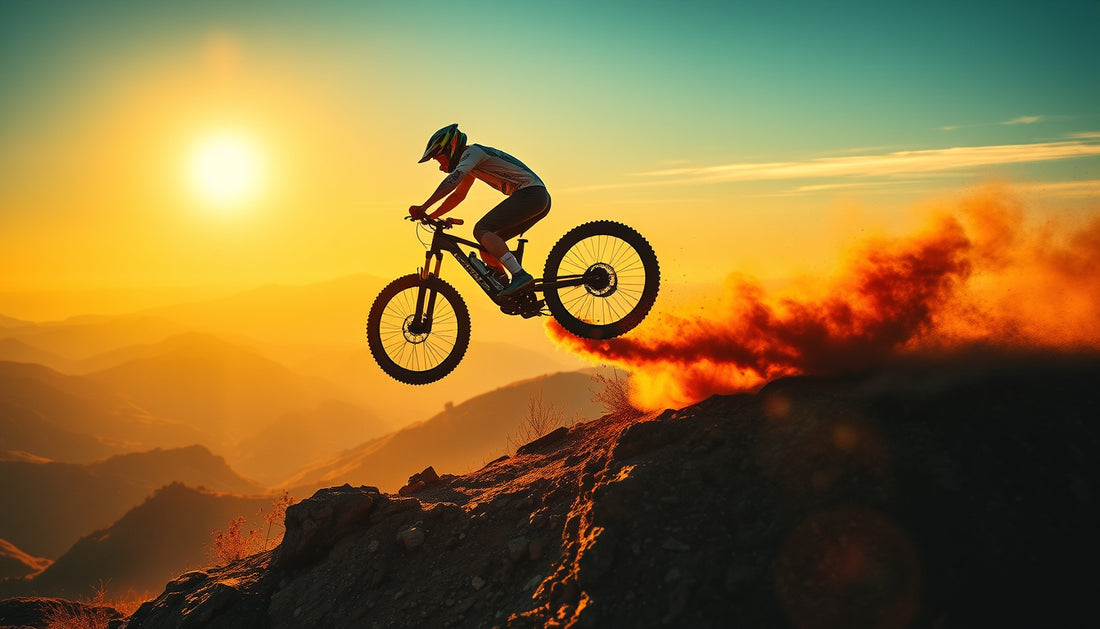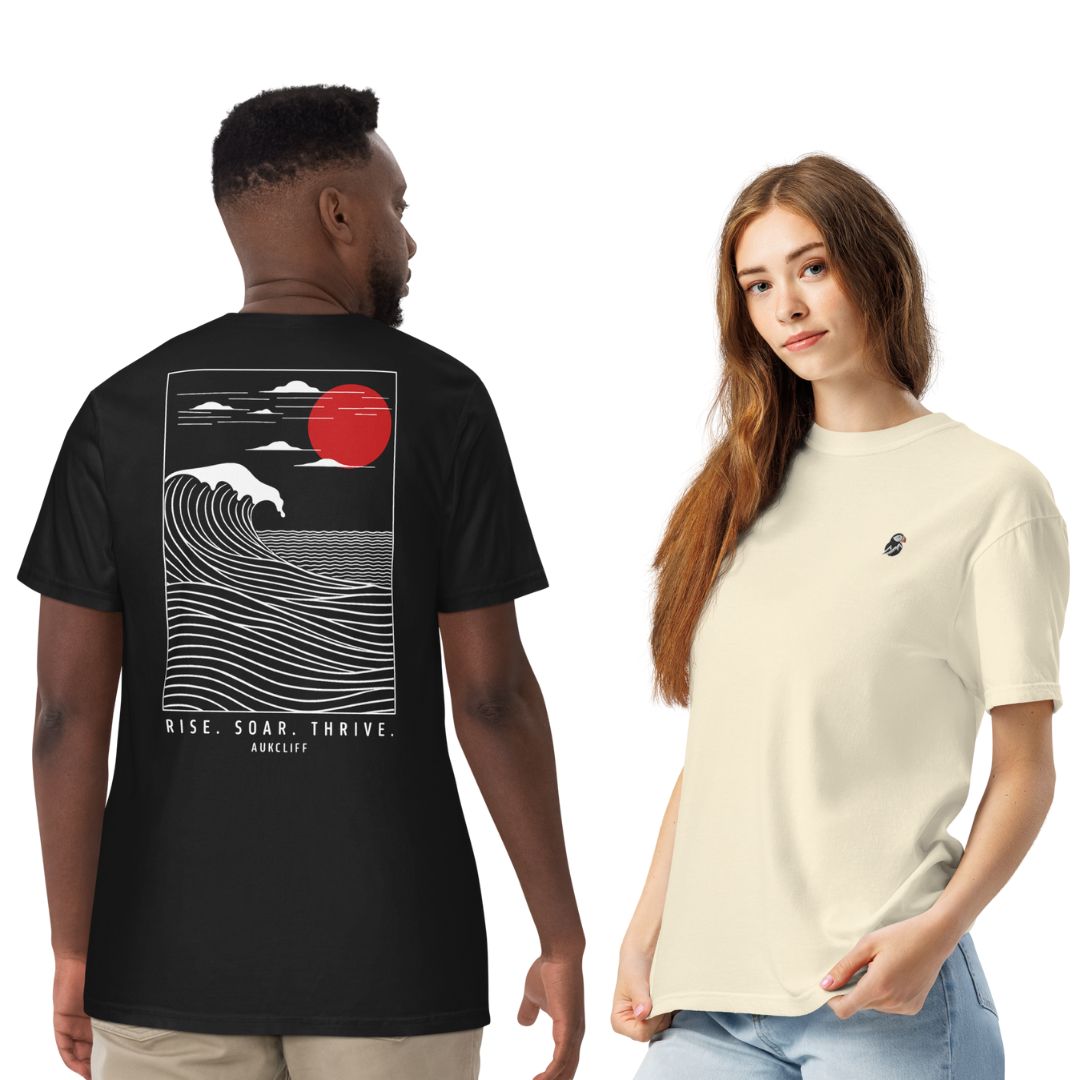
Capture the Thrill: Essential Mountain Biking Photography Tips for Stunning Action Shots
Share

Mountain biking photography is a thrilling blend of adrenaline, nature, and art. Whether you’re an avid biker looking to immortalize your rides or a photographer hungry for dynamic outdoor shots, capturing the essence of mountain biking requires specific skills and techniques. How can you freeze fast-moving action while conveying the excitement and rugged beauty of the trails? This blog dives into essential mountain biking photography tips to help you snap stunning action shots that tell a story.
Why Focus on Mountain Biking Photography?
Mountain biking is more than just a sport; it’s an experience of speed, skill, and communion with nature. But capturing this experience in a single shot is challenging. Unlike posed photography, mountain biking action shots demand precision timing, understanding of light, and seamless coordination with your subject. Great photos can inspire, evoke emotions, and even help raise awareness about environmental conservation by showcasing natural landscapes.
Essential Tips for Mountain Biking Photography
1. Know Your Gear and Settings
To capture sharp, dynamic photos on the trail, you need the right camera settings and equipment.
- Camera Choice: DSLRs or mirrorless cameras with fast autofocus and quick shutter speed capabilities are preferable.
- Shutter Speed: Use a fast shutter speed (1/1000 sec or faster) to freeze the motion.
- Continuous Shooting Mode: Enables you to take burst shots to select the perfect moment.
- Wide Aperture (f/2.8 - f/5.6): Helps isolate the biker from the background, emphasizing the subject.
- Use a Telephoto or Zoom Lens: Focus on your subject without intrusive proximity, maintaining safety.
As renowned sports photographer Neil Leifer notes, “Capturing the decisive moment requires readiness; your camera settings must be as fast and adaptive as the action itself.”
2. Choose the Right Location and Background
The setting of your photo can amplify the excitement and context of mountain biking.
- Look for scenic trails with natural features like rocks, jumps, and forest paths.
- Incorporate the landscape to provide a sense of place—mountains, rivers, and trees add depth.
- Avoid cluttered backgrounds that distract from the biker.
- Consider shooting during the golden hour (early morning or late afternoon) when light is soft and warm.
3. Plan and Anticipate the Action
Mountain biking is dynamic and unpredictable. Being proactive helps you capture the most thrilling moments.
- Study the trail or watch video footage beforehand to anticipate where riders will perform jumps, sharp turns, or bursts of speed.
- Position yourself at key points like berms or drop-offs.
- Communicate with your subject to synchronize timing and approach.
4. Use Creative Composition Techniques
To make your photos stand out, think beyond straightforward shots.
- Panning Shots: Use slower shutter speed (around 1/60 - 1/125 sec) to blur the background while keeping the biker sharp, emphasizing speed.
- Low Angles: Shoot from a low vantage point to make the biker appear larger and more heroic.
- Rule of Thirds: Position the biker off-center to create balanced and engaging compositions.
- Combine Natural Elements: Frame the rider with tree branches or trail curves to add layers.
5. Prioritize Safety and Ethics
Never compromise safety or environmental care for the sake of a photo.
- Ensure your position doesn’t endanger you or the rider.
- Respect trail rules and avoid disrupting wildlife or damaging vegetation.
- Promote “Leave No Trace” principles through your imagery.
Relevant Data: Mountain Biking and Photography by the Numbers
- Average mountain bike speed: 12-20 mph on trails, which demands shutter speeds of at least 1/1000 sec to freeze action.
- Optimal shutter speed range for panning: 1/60 to 1/125 sec.
- Golden hour Duration: Roughly one hour after sunrise and one hour before sunset for perfect natural light.
- Popular mountain biking trail types: Cross-country (XC), downhill (DH), enduro – each provides unique photographic challenges.
Concluding Thoughts: Why Keep Chasing the Perfect Shot?
Mountain biking photography captures more than just motion — it tells tales of adventure, courage, and the sublime connection between humans and nature. Are your photos reflecting this intensity? With preparation, creativity, and respect for the environment, you can transform fleeting moments into timeless images.
Remember, every rider has a story and every trail has a secret waiting to be revealed through your lens. So, what story will your next photo tell?
Call to Action
Ready to elevate your mountain biking photography? Grab your camera, hit the trails, and start experimenting with these tips. Share your best shots and experiences with the community to inspire fellow riders and photographers alike. Together, let’s celebrate the thrill of mountain biking and the beauty of our natural world—one epic photo at a time!
Ride fast, shoot sharp, and respect the trails.






